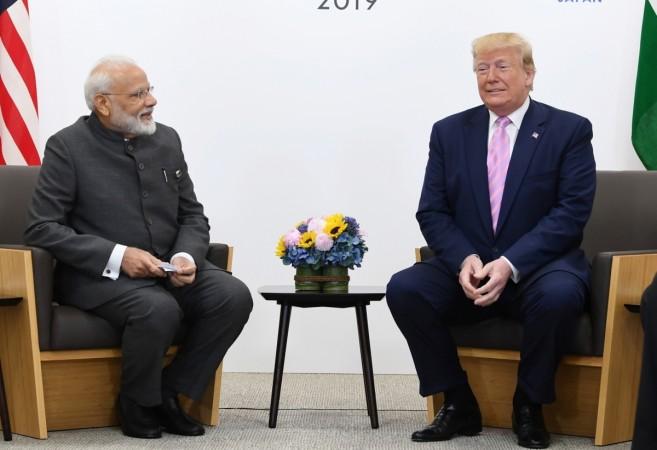While negotiations between the two leading economies, India and the US have been on since 2018 to lower Indian tariff barriers for some American products and restore India's access to a program that allows goods to enter the United States tariff-free.
The negotiations illustrate a steep challenge for two leading economies focused on protecting jobs in their own countries by fending off foreign competition, harbouring suspicions of multilateral arrangements, which makes it even more difficult to strike a comprehensive agreement that would roll back trade barriers more broadly.
Both sides are attuned to their own political imperatives with no area for accommodation, making it difficult to find a common ground where a deal could be struck.
The Elusive "Mini-Deal"
Narendra Modi, the Prime Minister of India, and Donald Trump, the President of the United States of America, have failed to reach even a "mini-deal" between the two countries since Modi's last visit to USA in September 2019, focused on goods such as dairy products, medical devices and Harley-Davidson motorcycles.

At a rally in Ahmedabad yesterday, Donald Trump said, "We are in the early stages of discussion for an incredible trade agreement to reduce barriers of investment between the United States and India. And I am optimistic that, working together, the prime minister and I can reach a fantastic deal that's good and even great for both of our countries. Except that he's a very tough negotiator."
In May 2019, the Trump administration had stripped India off the special status that exempted billions of dollars of its exports into the United States from tariffs. While the two sides were close to reaching an agreement in January that would remove barriers for American farmers and medical device makers and strengthen India's intellectual property protections, the US request that crept in to buy more walnuts and turkeys delayed the trade agreement further.
Later, India surprised the Trump administration in February by raising import duties on more than 100 items, including medical devices, furniture, electronics, cheese and shelled walnuts — a move that became a major stumbling block to arrive at a trade deal until yet.

Did Trump now say a trade deal may or may not happen?
Trump said, "India is probably the highest tariff nation in the world."
According to sources, an Indian official said, "India would not be bullied into making an agreement with the United States, especially if those concessions might ultimately hurt Indian interests."
In his visit to India, Trump said, "India will buy $3 billion worth of military equipment, including attack helicopters, as the two countries deepen defence and commercial ties in an attempt to balance the weight of China in the region." To narrow the military gap with China, India has turned to the United States over traditional supplier, Russia. India is buying 24 SeaHawk helicopters from Lockheed Martin equipped with Hellfire missiles worth $2.6 billion and also plans a follow-on order for six Apache helicopters.
Trump says he's willing to mediate between India and Pakistan on Kashmir. Also, Indo-US cooperation in the energy sector is expanding.
Both sides are now looking at a bigger package, including possibly a free trade agreement. "India is going to be a major player in the next 50 to 100 years. It is going to have a phenomenal future," Trump added. "If the trade deal happens with India, it will be towards the end of the year."














